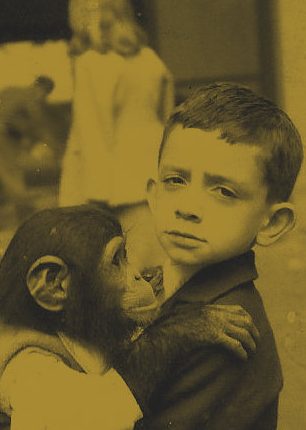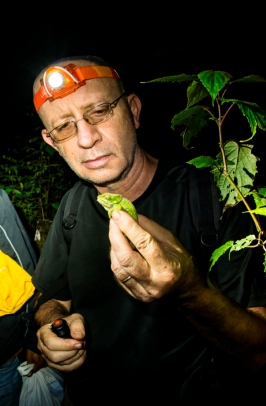
Welcome to my personal page, which addressed to my activities, my scientific and popular initiatives, and on the vision I have of wildlife conservation and natural history museum management.
My interest for animals, particularly for amphibians and reptiles, dates back to my childhood. I always felt a deep fascination for cold-blooded animals, such as herps. Indeed, I was attracted by a world of nature.
Then, as sometimes happens to people, I developed a specialis interest in keeping at home animals, especially fishes, amphibians, and reptiles. Although this “zoo-keeper”, aquarium and terrarium orientation and feeling accompanied me for many years, now

This attitude to captive-breeding was almost totally replaced by a deeper interest in animals in the wild, their life history and conservation of their natural habitats. Said this, I still appreciate – and follow – studies, efforts and results obtained by dedicated terrarium-keepers (herpetoculture), and I often look at my former experience in this field to take for a while captive animals, I believe that it is far better to avoid capturing animals and taking them in captivity, unless for really justified for scientific and/or conservation purposes. On the other hand, I believe that terrarium-keepers can provide valuable information on the biology of amphibians and reptiles.
Currently, my interest is mainly oriented on conservation biology, in particular of amphibians and reptiles. The clear evidence that a considerably part of frogs, toads, tree frogs, newts, salamanders, and caecilians is under severe threat all around the World, led me to consider crucial to devote part of my activities, energies to achieve their conservation. Moreover, I always perceived the fact that the habitat degradation and human actions have negative impacts on many amphibian species and populations, and their ecosystems.

In the past decades I spent much of my time in studying and trying to conserve the astonishing herpetofauna of Madagascar, a country that is extraordinarily rich in amphibian species (more than 400 known on August 2023, and about 200 still undescribed candidate species), but that is also also dramatically fragile and very delicate.
For several years (15) I was Chair for Madagascar of the IUCN SSC Amphibian Specialist Group (now I am just special advisor). In all these years I visited many of Madagascar’s rainforests, savannas and deserts, searching for herps and for documenting their status.
Strangely enough, we did not detect yet any extinct Malagasy frog, although this perception may be misleading: the high number of species still to be described clearly advocates for the former existence (and probable extinction) of unknown species.
For this, one of my first objectives was to build an action plan that could be used by Malagasy authorities to conserve their unique herpetofauna. This was my goal (see here if you are interested to read the New Sahonagasy Action Plan), and I hope to be not only a dream, but a real opportunity. At the same time, I am also extremely fascinated by the interactions between the natural world and the humans. Studying nature within a wonderful country like Madagascar led me to consider useless any conservation action that is separate from an approach to human development.
More information on my Wikipedia page.
Franco
A video about the study conducted in the Isalo National Park, Madagascar, on the ecology of the amazing rainbow toad, Scaphiophryne gottlebei.
Contacts: franco.andreone[at]gmail.com
